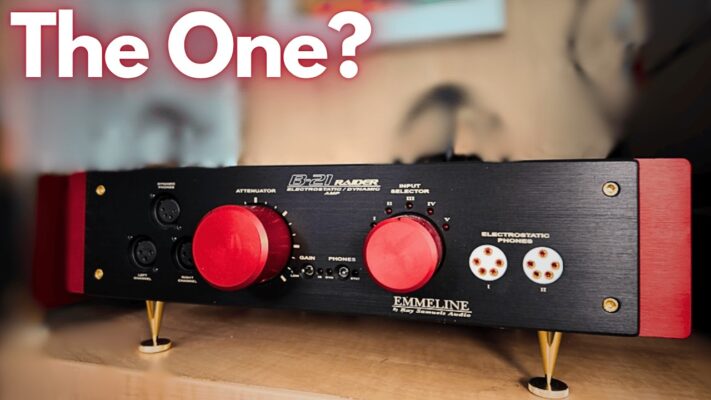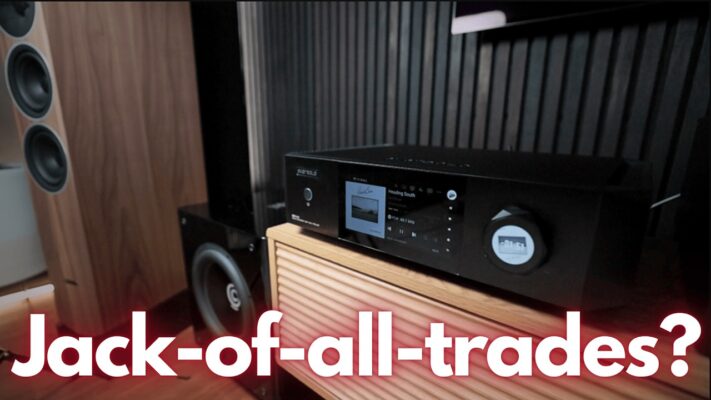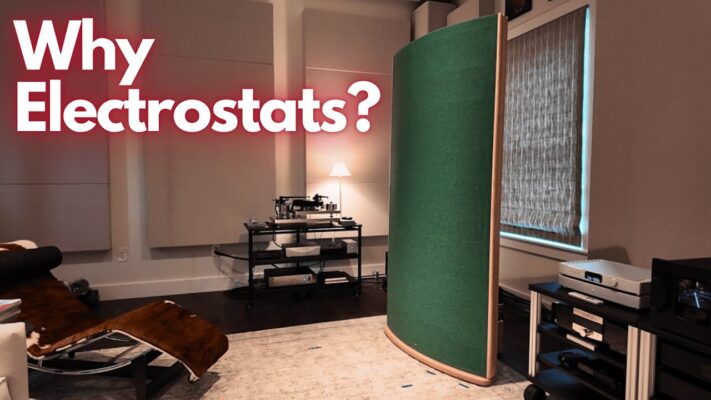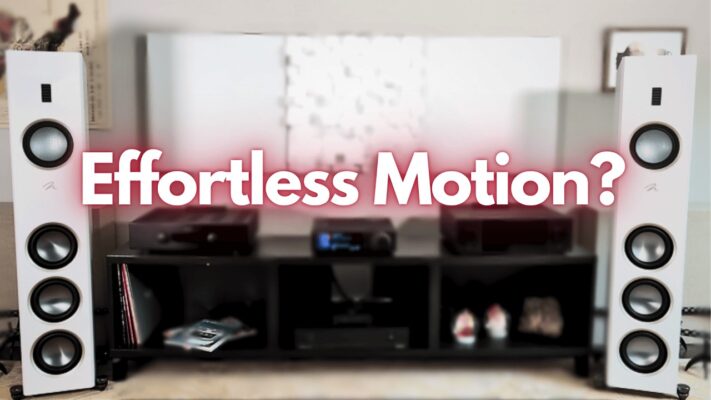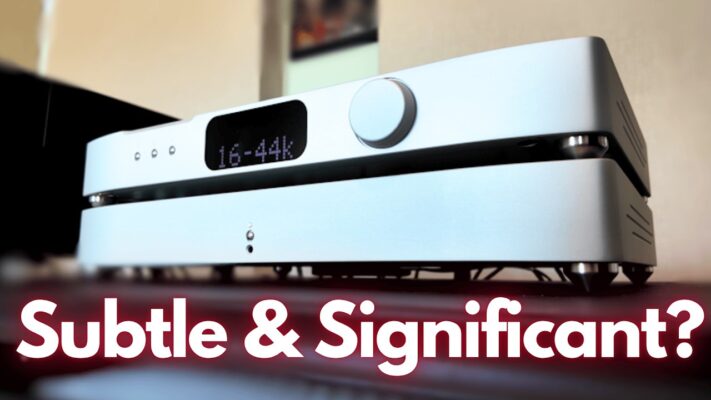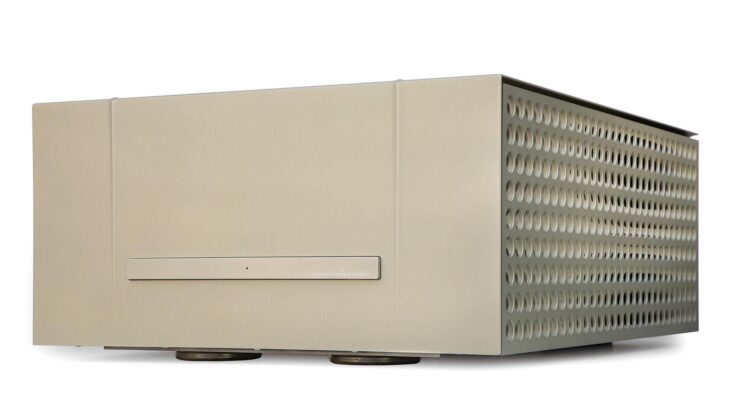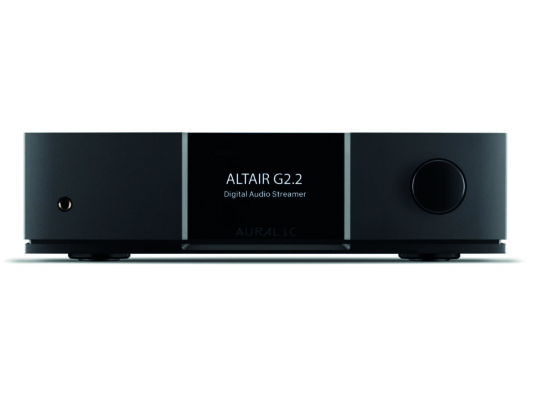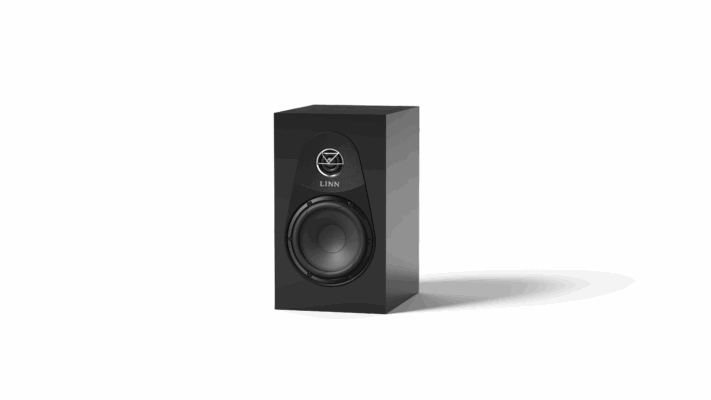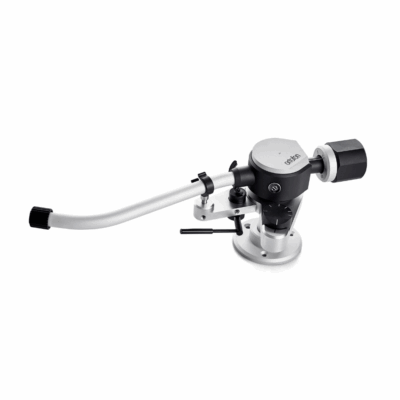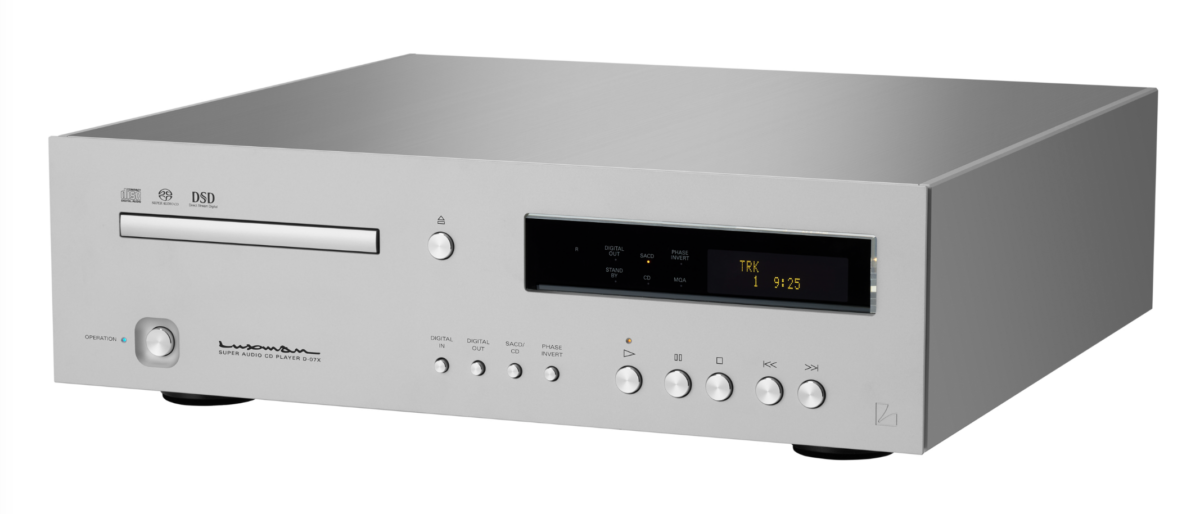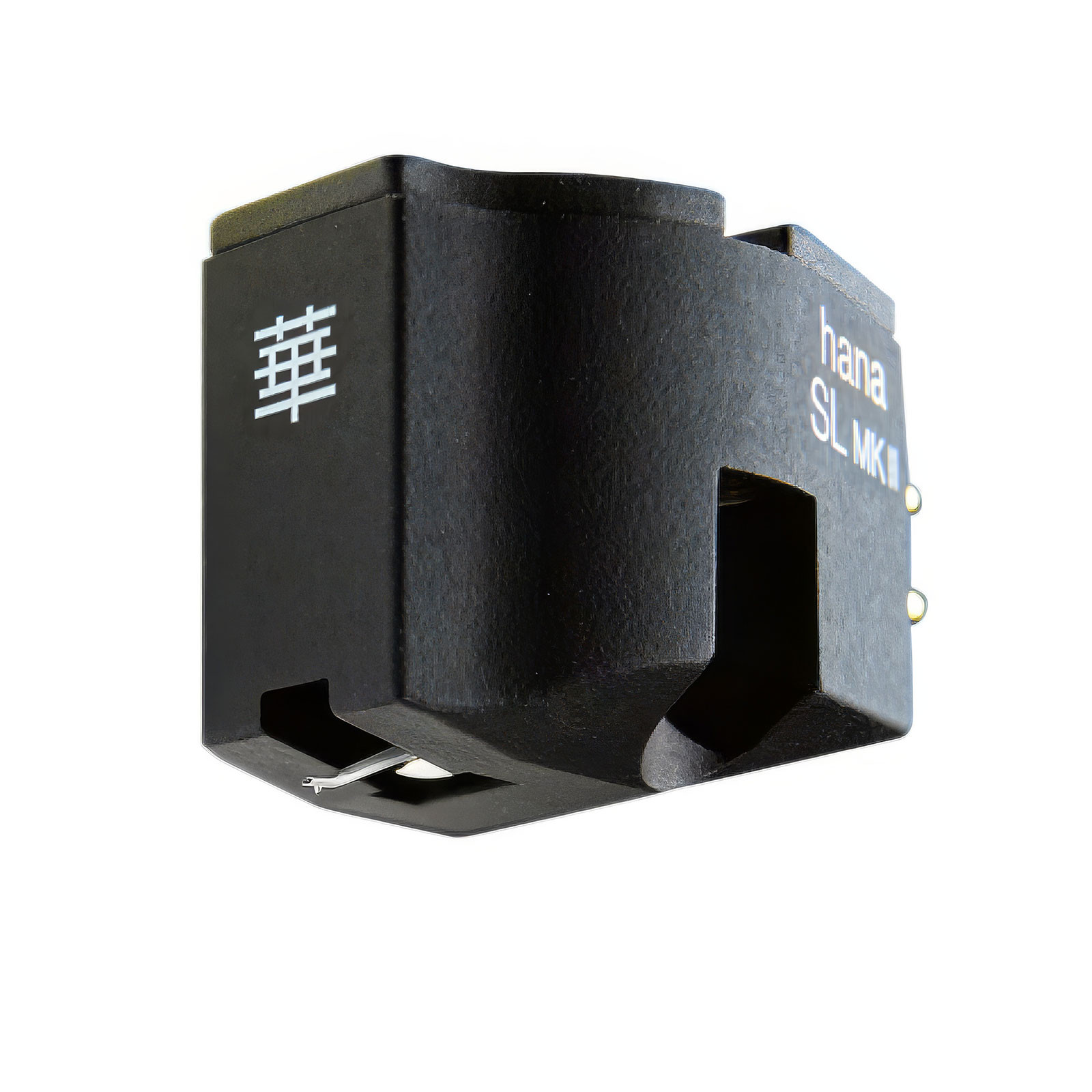
The original Hana SL has been a capable mc phono cartridge since its introduction. In fact, the first-generation SL has remained mounted in one of the four tonearms in my system for quite some time. When properly mated with good-performing supporting equipment, the SL cartridge has never failed to provide excellent sound. The cartridge has always had a polished ease that allows music to flow without unwanted anomalies or off-putting distortions. I’ve gone on record saying if one is looking for a more expensive cartridge (make no mistake, there are much costlier and better cartridges out there), one should make sure that every virtue of the Hana SL is improved upon or carried over by its replacement. If it’s just a tradeoff of plusses and minuses or if one preferred sonic trait is completely lost, the candidate cartridge under consideration may not be worth the extra scratch.
Excel Sound’s chief cartridge designer, Masao Okada-san, had already answered the call for a better-sounding (and much more expensive) cartridge with the addition of the costly duo of the Hana Umami Red and Hana Umami Blue. However, he took a different approach this time and worked to produce a cartridge at almost (but not quite) the same price point as the overachieving Hana SL. One reason upgrading the SL is in many ways a tall order is because the cartridge commits few, if any, sins of commission. This result tends to make listening to music a consistently enjoyable experience. Producing a cartridge that achieves more than the Hana SL at nearly the same price would have been more daunting without the knowledge Okada-san gained designing both the Blue and Red Umamis.
The new entrant is the Hana SL MK II. Priced at $850, the SL MK II is just $100 more than the original SL. To accomplish his goal, Okada-san retains the Alnico magnet structure of the SL, while the cartridge yoke, pole pieces, and terminal pins now get cryogenic treatment. A new tapered aluminum cantilever provides increased rigidity and reduced tip mass at its end, where the reliable Shibata stylus from the SL is still used. Okada-san believes this new cantilever contributes to the enhanced clarity of the SL MK II. Additionally, the SL MK II gets a new cartridge body shape said to be non-resonant, damped with a “soft-feel-black” elastomeric resin paint, with a brass damping plate on top that has threaded cartridge-mounting holes (a welcomed addition). The cartridge is now heavier (8.6 grams vs. 5 grams), offering better coupling and compatibility with a wider range of tonearms. The company also says that the cartridge’s added mass improves bass and dynamics—something I’m acutely aware of when it is properly implemented. Lastly, the SL MK II has a new signal generator next to that Alnico magnet that uses a cross coil of high-purity 30-micron copper wire, providing 8 ohms of impedance at its terminals. This lower impedance ensures greater compatibility with more phono- stages. The MK II SL’s output level is spec’d at 0.4mV/1kHz (0.1mV less than original SL).
The Hana SL MK II was installed on the Graham Phantom III tonearm on a TW Acoustic Raven Two ’table and fed four different phonostages (my custom Raptor, Musical Surroundings Phonomena II+, the Soulution 350, and the Soulution 757 Deemphasis Preamplifier). In addition to the ’table/’arm combo listed above, I also listened to the SL MK II in the Theile TT01 turntable with the TA01 pivoted linear-tracking tonearm (reviewed in Issue 358). Each tonearm installation was treated to my complete set-up process (a previously documented version of this procedure can be viewed in the pages of TAS online by searching for “setting up a phono cartridge” on the site’s search engine). Mechanical cartridge alignment was straight forward. Adjusted for optimal crosstalk in the Graham Phantom III, the measurement results for each channel of the SL MK II were –32.2dB (left), –32.5dB (right) with a 0.1dB difference in channel balance. These are excellent numbers for any cartridge at any price. The SL MK II mounted on the Thiele TA01 ’arm had similar measured results. (The remaining downstream components are listed in the reference system sidebar accompanying this evaluation.)
My first listen to the Hana SL MK II, after setup, revealed a cartridge with admirable harmonic richness, very good transparency to the recorded music, and excellent soundstage depth (when the music contained such information). Further listening over the evaluation period solidified those initial impressions and, at least with this in-house sample, the cartridge gained refinement without the usual sonic ups and downs that often attend new-cartridge break-in.
Compared to the original Hana, the new Hana SL MK II not only excelled in all the areas mentioned above; it also offered increased musical clarity, reproducing the speed, pacing, and tempo of initial transients and the richness of decays with great realism. The MK II’s bass was more lithe (agile and nimble) than that of the Hana SL, and it also appeared to extend deeper in frequency. Lastly, perhaps most evident on direct comparison, the Hana SL MK II moved a few steps closer to neutral when contrasted with the Hana SL’s warmer musical pallet.
Frankie Beverly and Maze’s “While I’m Alone” is a good example of a dense-sounding R&B/Soul track from their 1977 eponymous debut album. The band, then called Raw Soul, was founded by Howard Stanley “Frankie” Beverly in Philadelphia in 1970. Beverly caught a break when Marvin Gaye took the band on the road with him as an opening act. They were so good that Gaye suggested, in 1976, they change their name from Raw Soul to a more attractive name. Beverly chose Maze, and the band signed a contract in 1976 with Capitol Records. The next year, they released the debut album mentioned, Maze Featuring Frankie Beverly. The SL MK II kept the pacing of “While I’m Alone” intact via incisive rhythmic timing of the percussion instruments. Throughout the track, Beverly’s vocals were unmistakably present, harmonically accurate, and as smooth as ever. The spread of instruments across the soundfield displayed excellent transparency with solid imagery and precise location. Each instrument’s unique tonal characteristics were easy to hear.
For a long time, Maze has been one of my favorite bands for enjoying good fun and, most importantly, happy music. On September 10th of 2024, during this Hana cartridge evaluation, the group’s founder, Frankie Beverly, passed away. Those that knew him and his music will forever continue to have those “Happy Feelin’s” of joy he gave the world through his music. The Hana SL MK II did nothing but enhance the delightful compositions of Frankie Beverly and Maze.
On DG’s recording of J.S. Bach’s Sonatas and Partitas, the sound of Nathan Milstein’s violin is well captured. The space in which the recording was made imparts a liveliness to the sound, thanks to the SL MK II’s ability to capture the ambient reflections of the upper harmonics generated by bow and violin. The cartridge remained locked to the grooves and allowed the wonderful tone and dynamics (both soft and loud) to come through in a way that made these solo violin performances a delight to listen to. The Hana SL MK II captured the complex harmonics from multiple strings with such ease and flow that I ended up listening to the entire 3-LP set.
For further evaluating the tracing ability of the SL MKII, I played the Henry Purcell Sonata for Trumpet, Strings, and Continuo from The Virtuoso Trumpet (Vanguard, The Bach Guild, BG-617). This sonata is on the last track of the first side of the album, which serves as a reasonable check on the tracking ability of the cartridge. The opening has the trumpet singing with energetic fortes. The SL MK II managed to capture the trumpet’s call and the stringed instruments’ response with relative ease. There were no concerns or tracking errors from perceived inner-groove distortion, only delightfully enjoyable music delivered from the SL MK II in concert with the Graham Phantom III.
One afternoon/evening during the completion of this evaluation, with the Hana SL MK II mounted to the Thiele TA01 linear-tracking pivoted tonearm on the Thiele TT01 turntable, I managed to listen to music in this order as the mood evolved from John Williams, Eric Bibb, Pink Floyd, Harry Belafonte, Nat King Cole, Lady Blackbird, Luigi Boccherini, Vivaldi, Kent Jordan, Ella Fitzgerald and Joe Pass, Duke Ellington, Art Pepper, and Regine Crespin performing Ravel’s Scheherazade. Each piece was a delight to hear, and the genre selected at random didn’t matter. As the mood shifted among the different pieces and different performers, the cartridge adapted to the moment and output what the grooves of the LP presented with all the ease, liveliness, vigor, elegance, and emotional moods captured in the recording session.
I could continue discussing the artists and genres of music the SL MK II plays well, but in the end, I would’ve come to the same conclusion. This cartridge does justice to the music in every instance, never adding any off-putting characteristics to detract from the meaning of the compositions. The Hana SL MK II is a worthy successor to the wonderful original Hana SL and becomes the new low-cost overachiever, outdoing nearly everything the cartridge it replaces did so well. It’s a keeper.
Specs & Pricing
Type: Moving-coil cartridge
Output level at 1kHz: 0.4mV
Channel balance at 1kHz: <1.5dB
Channel separation at 1kHz: 28dB
Frequency response: 15Hz–32kHz
Tracking ability at 2 grams: 70µm
Dynamic compliance: 10 x 10-6cm/dyne (100Hz)
Stylus type: Shibata nude diamond
Cantilever material: Tapered aluminum
Magnet material: Alnico
Yoke & polepiece: Pure iron/cryogenic treatment
Coil wire: High-purity copper
Armature: Permalloy/cross-coil
Recommended tracking force: 2.0 grams
Internal impedance: 8 ohms
Recommended load impedance: >80 ohms
Cartridge body material: Elastomeric-coated ABS w/threaded brass top
Cartridge body color: Black
Cartridge weight: 8.6 grams
Price: $850
MUSICAL SURROUNDINGS (U.S. Distributor)
5662 Shattuck Ave.
Oakland, CA 94609
(510) 547-5006
musicalsurroundings.com
hanacartridges.com
Reference System
Analog tape: Otari MTR-10 Studio Mastering (¼” 2-track) tape deck with custom Flux Magnetic Mastering Series repro head and secondary custom tube output stage, Studer A820 Studio Mastering (¼” 2-track) tape deck (x2), Studer A80VU MKII Studio Mastering (¼” 2-track) tape deck, ReVox A700 (¼” 2-track and ¼” 4-track heads) tape deck (x2), Stellavox SP7 (¼” 2-track) tape deck with ABR large reel adapter, Nagra IV-S tape deck with custom large reel adapter, ReVox G-36 (¼” 4-track) tape deck, 1950 Ampex 400A tape repro electronics, Soulution 757 Deemphasis unit
Analog vinyl: Basis Audio Debut Vacuum with Synchro-Wave Power Supply, Basis Audio 2800 Vacuum, Thiele TT-01 w/Active Isolation Platform, TW Acustic Raven Two turntables; Basis Audio SuperArm 9, Basis Audio Vector IV (x2), Graham Phantom III, Graham 2.2, Thiele TA-01 tonearms; Lyra Atlas Lambda, Lyra Atlas Lambda SL, Lyra Etna Lambda SL, Lyra Titan-i, van den Hul Colibri XGP, Hana SL, Hana SL MK II, Hana Umami Red, Hana Umami Blue
Analog phonostage: The Raptor (Custom), Ayre P-5xe, Musical Surroundings Phonomena II+ w/Linear Power Supply, Soulution 350
Digital source: Intel i7 10th generation processor-based music server hosting JRiver Media Center, Roon, and Qobuz
Preamplification: Dual Placette Audio Active Linestage, Soulution 326
Amplification: Custom/Modified solid-state Monoblocks, Soulution 312
Loudspeakers: Vandersteen Model 3a Signature with dual 2Wq subwoofers and dual SUB THREE subwoofers using M5-HPB high-pass filter
Cables: Assortment of AudioQuest, Shunyata, Tara Labs, Acoustic Research, Cardas, and custom cables
Support: Minus-K BM-1, Neuance shelf, Maple wood shelf, Symposium Ultra
Acoustics: Walker Audio
Accessories: Aurios Pro, Pneuance Audio, Walker Audio, Klaudio KD-CLN-LP200, Kirmuss Audio KA-RC-1, VPI 16.5, Clearaudio Double Matrix Professional Sonic
Room: 18′ (W), 43′ (L), 8′ (H)

By Andre Jennings
My professional career has spanned 30+ years in electronics engineering. Some of the interesting products I’ve been involved with include Cellular Digital Packet Data modems, automotive ignition-interlock systems, military force protection/communications systems, and thrust-vector controls for space launch vehicles.
More articles from this editor









